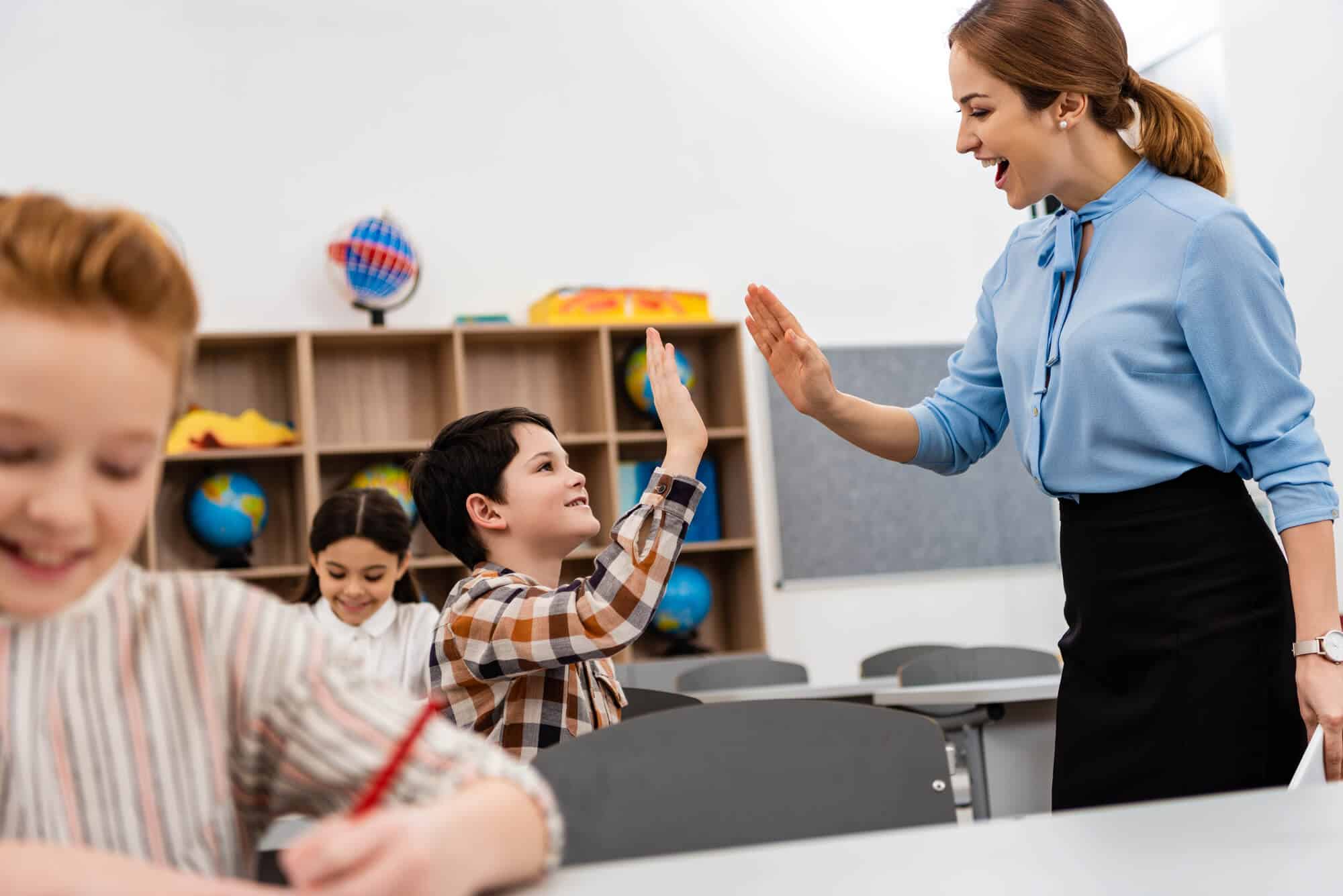A Comprehensive Guide to Getting Term Paper Service
The life of a modern student is a high-stakes balancing act. Between attending lectures, participating in extracurricular activities, maintaining a social life, and often working a part-time job, the academic workload can become overwhelming. When the end of the semester approaches, the dreaded term paper often stands as the final, most significant hurdle. This has led many students to explore the option of getting a term paper service to manage their stress and ensure academic continuity.

However, the decision to seek external writing assistance is one that requires careful thought, ethical consideration. And a clear understanding of how to navigate the industry. This article explores the nuances of using these services, how to identify quality. And how to use them as a tool for academic growth rather than a shortcut.
Understanding the Need for Academic Writing Assistance
The demand for writing services isn’t always driven by a lack of … Read more
Continue Reading


